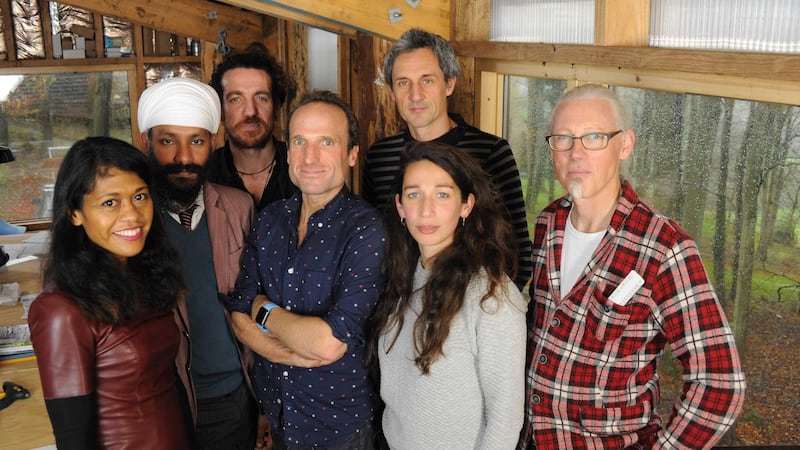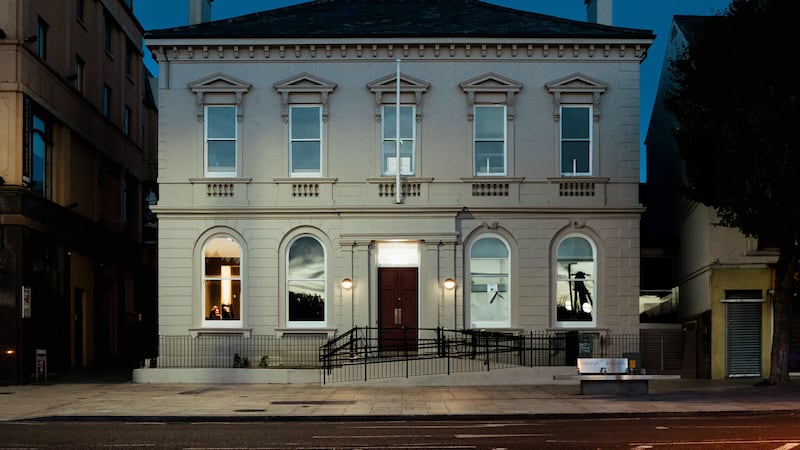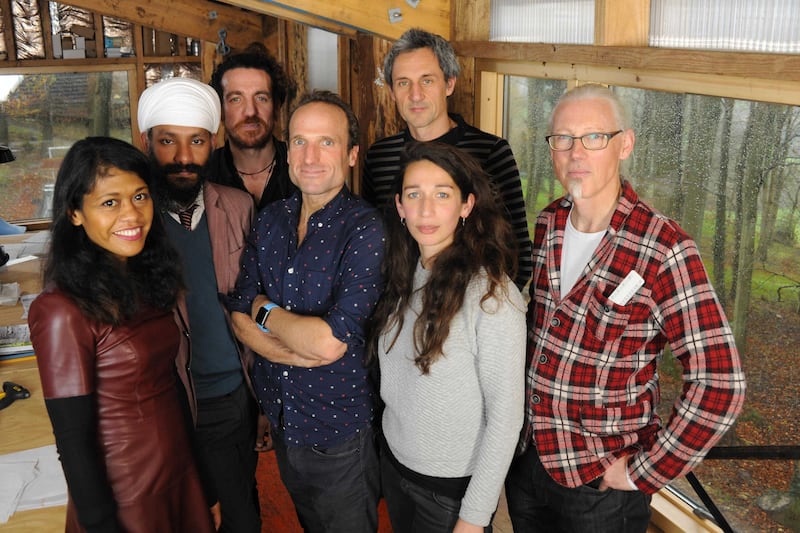Agrowing family, flexible working arrangements and a lack of space are all common reasons for wanting to buy a new house.
Meanwhile, soaring prices and high competition for affordable homes can mean the only properties available to cash-strapped first-time buyers are poky, less-than-ideal pads, often in need of extensive renovation.
With this in mind, BBC Two are back with a new series of The £100k House: Tricks Of The Trade, and once again, host and architect Piers Taylor will join forces with a team of experts to help 12 owners transform their homes on a shoestring.
Ranging from crumbling terraces, ex-local authority homes, bungalows and two-up-two-downs, Taylor and co will use their nous to improve spaces on a tight budget, even doing up an entire house for just £10k.
Promising as it sounds to have a team of pros shaping your renovation dreams, realistically, can the rest of us achieve transformative results with a budget of say, £5k?
“Yes,” says Taylor. “Because making a difference to your house is typically about making some sort of spatial change.
“It’s not about what you buy, it’s about what you do.”
So what can you do to change your house without breaking the bank? Here, Taylor shares his top 10 tips...
1. DITCH THE ‘DREAM’ HOME
Instead of snapping up new interiors, spend your money on changing the space itself. “The tyranny of Grand Designs is that we think that you need to live in a ‘dream home’ ,” says Taylor. “But actually, ordinary houses can be really good.”
2. SPACED OUT
Consider what you really require from your home, and whether you need lots of little rooms, or would actually benefit from an open-plan living space.
Culling redundant areas, including corridors, which Taylor says “are usually wasted space”, can open up your home, as could investing in built-in furniture, which can double up as storage.
3. TOTALLY FLOORED
It’s not always possible to extend a small flat or house, but there are some simple tricks to give the impression of more space. “It’s not the material you use, it’s how you use it,” Taylor explains. “If you use the same material for the floor running right the way through the house, it will always seem bigger than doing different floors in different places.”
On that note, you could also take away threshold strips in doorways, to add to that sense of flow and space.
4. MATERIAL WORLD
Opting for cheaper materials can be a great way of cutting costs. “I’m a big fan of the most ordinary material,” says Taylor, who recommends buying from builders’ merchants, and also suggests using plywood.
“You can do a lot with white plasterboard,” he adds. “You can do a lot with plaster itself. You can varnish it and wax it, it doesn’t even need painting. It’s about the most ordinary material you can get.”
5. COLOUR ME GLAD
Clever use of colour can breathe new life into a tiny space. “People often try and break up their house into small areas, with different colours and different floors,” Taylor notes.
“That’s often the worst thing to do if you want more space. If you use the same colour, it will appear bigger.”
6. BREAK DOWN THOSE WALLS
Using inexpensive polycarbonate or translucent panels to separate rooms, instead of the usual plasterboard walls, can also help add space, as those materials are typically less wide than traditional walls.
7. OR MOVE THEM...
“If you have a fixed budget of £5k to re-do your kitchen, you can often do more by spending £1,000 of that moving a wall or changing the shape of the room, and then spending less money on the kitchen [fittings and worktops],” he explains.
8. FORGET ROOM RULES
With adult children living at home for longer and elderly parents moving in, it’s time to loosen up rigid arrangements.
“My oldest is 24 and has a flat of her own, but she still comes back for sometimes a night, sometimes three weeks,” says the father-of-four. “She doesn’t need her own room, so she actually has a sleeping platform that’s carved out of a piece of space above a bathroom. There’s no point in having rooms that we use once a month or three times a year.”
9. WORK SOME CREATIVITY
Be open-minded about the possibilities for creating a home office.
“My son’s bedroom is a particularly strange shape, so my wife actually built a little separate compartment and it’s kind of a home office within a room,” says Taylor, who suggests using the space in a landing to store books or make a small office area. “And because she generally uses it in the day and my son is at school, it’s quite a good use of space.
“You don’t need a separate room to be a home office, unless you’re running a business and employing lots of people.”
10. EXPERT SOURCES
Budgeting for professional help can save money in the long-term.
“It’s always good to get a little bit of advice from an architect, or someone who can think about spaces,” Taylor advises. “Even if you only had one day or half a day (with them) just about space, it’s a small amount of money in the scheme of what you want to do. It always makes you think about the critical thing, which is how will all the spaces work.”
As well as tracking down an architect locally or on the internet, he suggests going to home exhibitions, where many provide free short consultations. Take photos of your home and a “basic floor plan” - just a rough sketch will do - with you.
The £100k House: Tricks Of The Trade returns to BBC Two on Tuesday, February 3



